11 Top Tips for Effective Communication with People with Disability
Improve the way you interact with people with disability by following these handy tips.
Are you unsure how to best communicate with people with disability?
It is natural to be hesitant if it is unfamiliar territory.
Even with the best of intentions, you may feel concerned about coming across as patronising or even offensive.
But with awareness and preparation, these concerns are easily overcome.
Here are some useful tips to help you effectively communicate with people with disability.
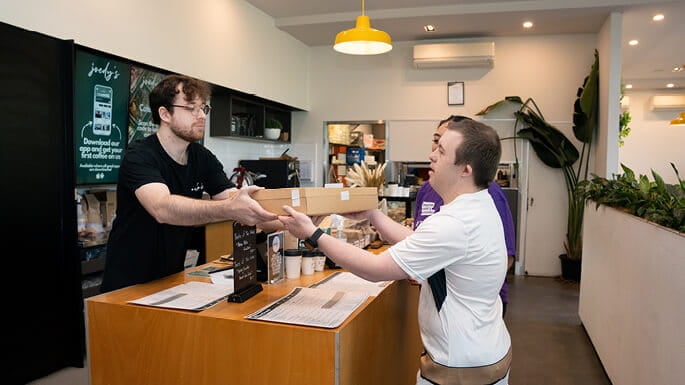
1. Talk Directly with the Person
This sounds like an obvious tip, but it is a practice that is too often ignored.
Always address the person with disability directly, even if they are accompanied by someone else. This immediately empowers the individual and sets the tone for a warm interaction.
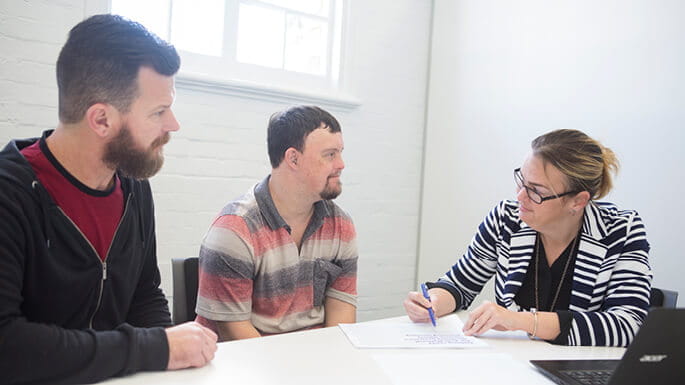
2. Use Appropriate Language
Avoid offensive and patronising words, as they emphasise the disability, not the person.
Instead, adopt people-first language – terms like ‘person with disability’ rather than ‘disabled person’ or ‘accessible bathroom’ rather than ‘disabled bathroom’.

3. Speak with Respect
Address people with disability in the same way you would anyone else. Use your regular voice and avoid shouting.
However, when speaking, be clear and to the point. This means avoiding abstract language, acronyms, metaphors or puns, as they can create confusion.
4. Note Non-Verbal Signals
Pay attention to the person’s eye contact, body movement and tone of voice. All these signals can convey important information that is not put into words.
A person’s overarching demeanour is far more telling than a single gesture viewed in isolation.
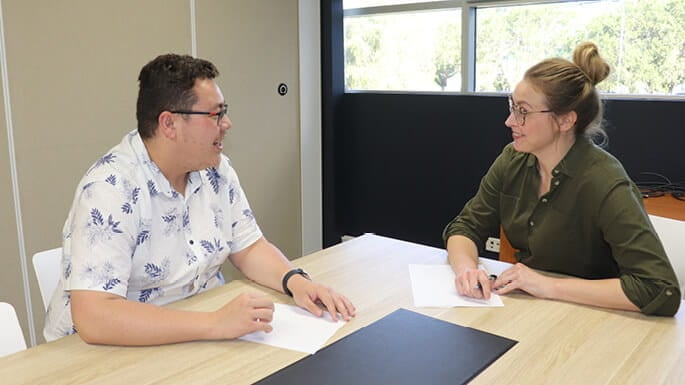
5. Ask Questions
If you are confused about a person’s nonverbal signals, do not be afraid to ask questions. For example, someone may tell you they are happy while frowning and staring at the ground.
It is a good idea to repeat your interpretation of what has been said and ask for clarification.

6. Make Eye Contact
Eye contact plays an important role in demonstrating engagement and respect during any conversation, especially with people with disability.
Aim for a natural balance, showing you are listening without creating a feeling of pressure or intimidation through too much eye contact.
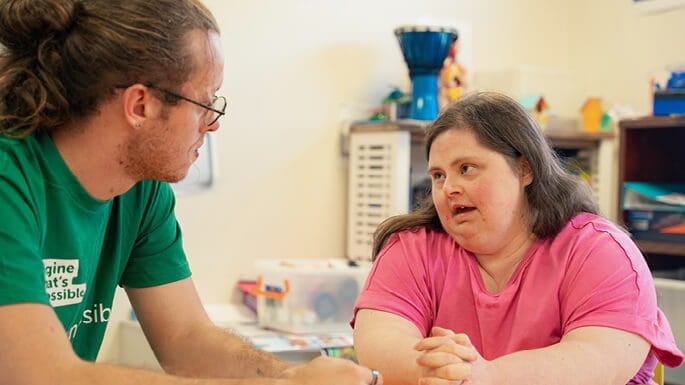
7. Allow Time to Process
People with disability may need a little more time to process what you are saying.
Allow adequate time for that person to respond rather than rushing to repeat yourself.
8. Use Signals
Remember that verbal and nonverbal communication work together to convey a message.
To make communication more effective and meaningful, use body language that reinforces and supports what you are saying. Some people with disability strongly rely on visual cues.
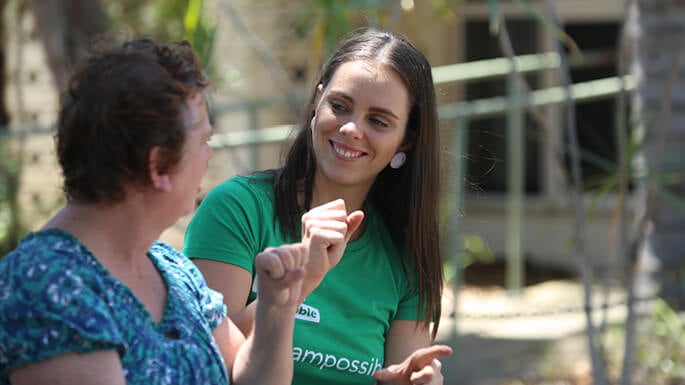
9. Concentrate on Your Tone of Voice
Your tone of voice can reveal a surprising amount of how you are feeling, from enthusiasm to disinterest or anger.
Pay attention to how your tone of voice affects how others respond to you and try using it to emphasise ideas that you wish to communicate.

10. Consider Context
When communicating with someone with disability, prioritise active listening and always consider the situation and the context of what is being said.
For example, the person may state that they did not enjoy their lunch of that day, but the meal itself may not have been the issue.
By analysing the situation further, you may realise that the individual was sitting with people they did not like, or they missed out on a favourite activity as a result of that lunch.
Genuinely listening and asking thoughtful, relevant questions allow people with disability to feel that their voices are truly being heard.
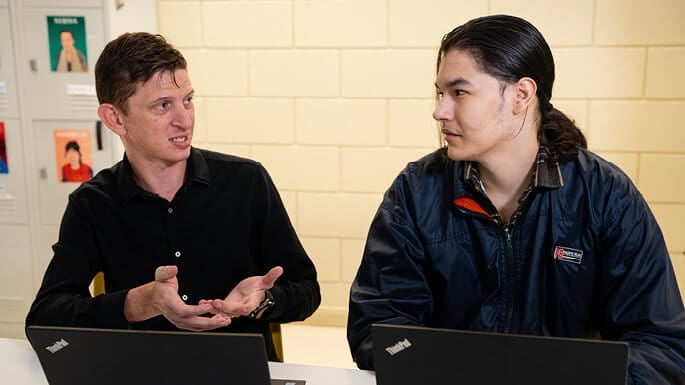
11. Support Decision-Making
To enable a person with disability to wholly participate in decision-making, it is necessary to communicate information in a way that is appropriate to their preferred communication mode or format.
This may include written or spoken language, signs, symbols or line drawings, photographs or other objects.
Some people may need equipment to help them communicate, such as a:
- Letter, word or picture board.
- Voice synthesiser or computer.
- Hearing loop.
Remember, a disability in itself does not have to be disempowering. Often, it is society’s response to a person’s disability that is undermining.
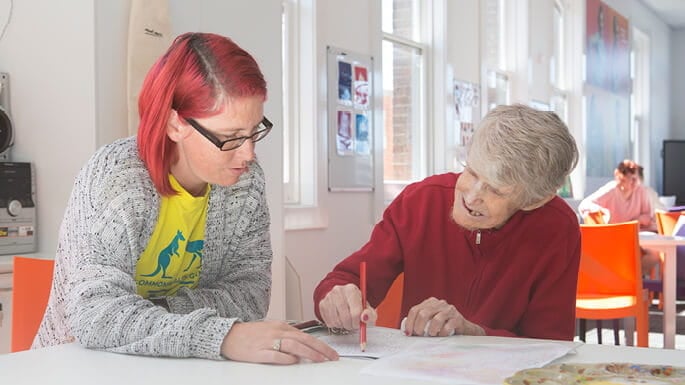
Staunch Advocates
When it comes to advocating for people with disability, Endeavour Foundation leads the way. We have been fighting for the voices of our community to be heard for decades.
Alongside that, we offer the best in disability supports.
If you have any questions about Endeavour Foundation, get in touch with us today.
